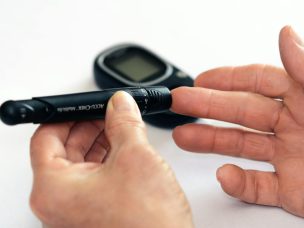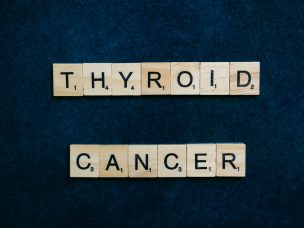TUESDAY, March 9, 2021 (HealthDay News) — Illegal use of anabolic androgenic steroids (AAS) is associated with reduced serum insulin-like factor 3 (INSL3) for years following cessation, according to a study published online March 9 in the Journal of Clinical Endocrinology & Metabolism.
Noting that serum INSL3 has been suggested to be a superior biomarker of Leydig cell secretory capacity compared with testosterone, Jon Jarløv Rasmussen, M.D., Ph.D., from the University Hospital of Copenhagen in Denmark, and colleagues examined serum INSL3 concentrations in AAS users. Men aged 18 to 50 years involved in recreational strength training were allocated to three groups: never AAS users (controls; 44 men), current AAS users (46 men), and former AAS users, with an average of 32 months since AAS cessation (42 men).
The researchers found that compared with controls, serum INSL3 was lower in current and former AAS users (0.04 and 0.39 µg/L, respectively, versus 0.59 µg/L). After adjustment for serum total testosterone and other relevant confounding variables, former AAS users exhibited lower serum INSL3 levels than controls (−0.16 µg/L). In the model, INSL3 and total testosterone were not associated. In former AAS users, longer accumulated AAS duration was associated with lower serum INSL3 (−0.08). In a multivariable linear regression, serum INSL3, but not inhibin B or testosterone, was associated with testicular size.
“The implications of these findings need further investigation such as a trial investigating the effect of stimulation therapy to recover Leydig cell capacity in past AAS users,” the authors write.
Several authors disclosed financial ties to Anti Doping Denmark, which partially funded the study.
Abstract/Full Text (subscription or payment may be required)










